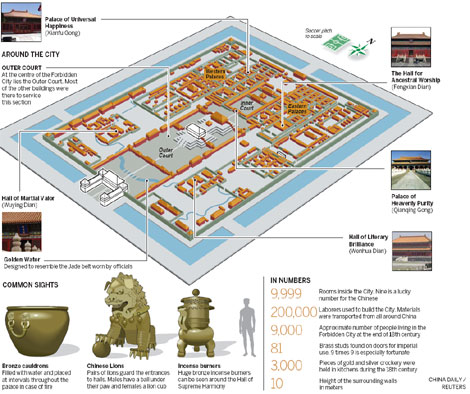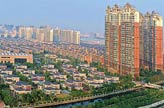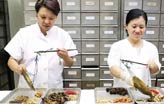Unveiling hidden treasures
Updated: 2011-09-02 09:04
By Liu Lu (China Daily European Weekly)

New gems are waiting to be discovered in the world's largest and most complete ancient palace
The Forbidden City, after the Great Wall, is the most recognized tourist site in China. The Middle Kingdom icon lies in the very heart of the capital and is officially called the Palace Museum, or Gu Gong in Chinese.
"It is truly majestic, and a testimony to the greatness and longevity of Chinese civilization," US President Barack Obama wrote in the official guest book when he toured the Forbidden City in 2009. And like most cultural treasures, the Forbidden City has a fascinating history.
In 1406, under the orders of Emperor Yongle of the Ming Dynasty (1368-1644), an army of more than 200,000 workers began work on what would become China's imperial seat of power for the next 500 years. The speed of completion was remarkable: The 74-hectare complex took only 16 years to build.
Rectangular in shape, the structure includes 90 palaces and courtyards, 980 buildings and 9,999 rooms. Nine is a lucky number for the Chinese.
But the Palace Museum's vast display of paintings, calligraphy and ceramics actually account for less than 1 percent of its collection. The rest is stored in a huge three-story basement that was built in 1997.
A one-day tour of this architectural masterpiece just scratches the surface, so to help you get the most out of a relatively short visit, we've listed five new highlights worthy of attention.
Royal weddings
Prince William and Kate Middleton's grand ceremony highlighted the romance of a royal wedding. Forbidden City visitors now get the chance to experience a Qing Dynasty-style imperial wedding, five days a week.
In the Palace of Heavenly Purity (Qianqing Gong), a special exhibition shows the four stages of the wedding: engagement; grand ceremony; dowry and wedding presents; and bridal chamber rituals. Admission fees are 60 yuan and children under 120 cm get in free.
Emperor's calligraphy
In ancient times, the Chinese elite paid great attention to calligraphy because they believed it was the most important way to judge a person's inner self. Chinese emperors were especially fond of calligraphy, especially the versatile Emperor Qianlong from the Qing Dynasty (1644-1911).
In the Hall of Martial Valor (Wuying Dian) a special painting and calligraphy exhibition, including the works of Qianlong, will be on display until mid November.
This comprehensive exhibit includes extremely rare early masterpieces and also representative works from every historical period.
Priceless ceramics
The tranquil courtyard of the Hall of Literary Brilliance (Wenhua dian) was where male members of the royal family learnt culture, history and administration skills. But since 2008 the hall has been transformed into a ceramics museum and is one of the Forbidden City's newest attractions. A total of 429 ceramic objects, arranged in chronological order, represent a comprehensive history of the development of Chinese ceramics.
This new permanent exhibition utilizes electronic technology to better interact with viewers. There is a specially designed electronic exhibition area, which includes films, touch screens and interactive games for tourists. Admission costs 60 yuan and children under 120 cm are admitted free.
Ruling from behind a screen
Palace of Universal Happiness (Xianfu Gong) was where the emperor's wives and concubines lived and was home to one the most interesting characters in imperial history. The palace was the living room for the powerful Empress Dowager Cixi (1835-1908), who exercised power from behind the throne over her son and nephew, both weak emperors.
Cixi spent huge amounts on refurbishment and these delicate furnishings and luxurious decorations are now on display. Admission fees are 60 yuan and children under 120 cm are admitted free of charge.
Clocks and Watches
The Hall for Ancestral Worship (Fengxian Dian) was built in 1656 and its main function was to offer sacrifices to imperial ancestors. Now the venue has been expanded as the home to a fantastic collection of Qing Dynasty timepieces. It houses about 200 clocks and watches from the imperial collection, which were mostly made in Switzerland, England, France and Japan, and gifts presented to the emperor by envoys.
E-paper

City's dynamic teutons
German cluster gives a fillip, competitive edge to local economy in Taicang
Unveiling hidden treasures
Rich in every hue
More than just a game
Specials

Hunting grounds
Opinion divided as China debates opening door to international players

Flying the TCM flag
A small German town is home to Europe's flagship clinic for traditional Chinese medicine

Animal attraction
World's youngest chief fur designer set to launch own label and tap into huge China market.
